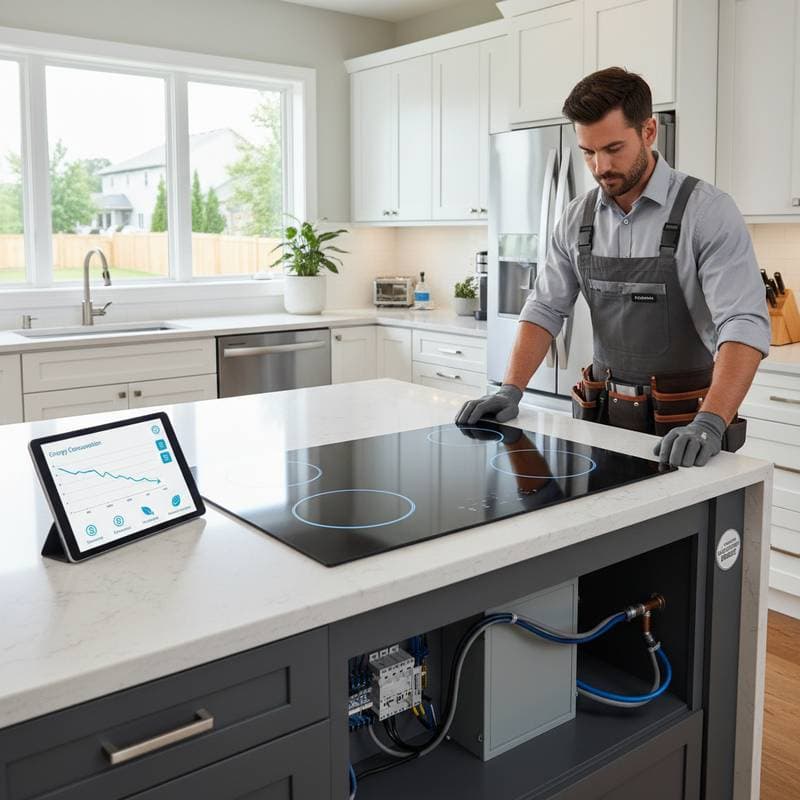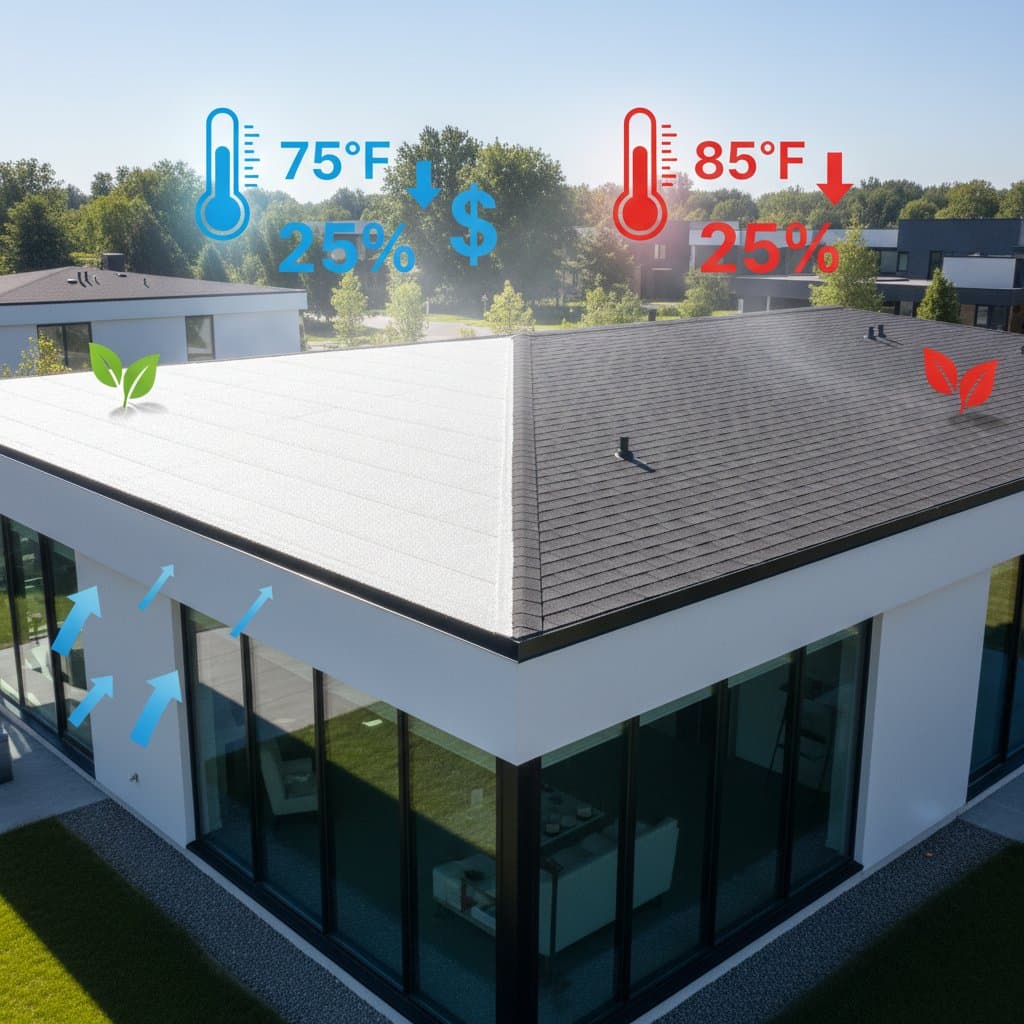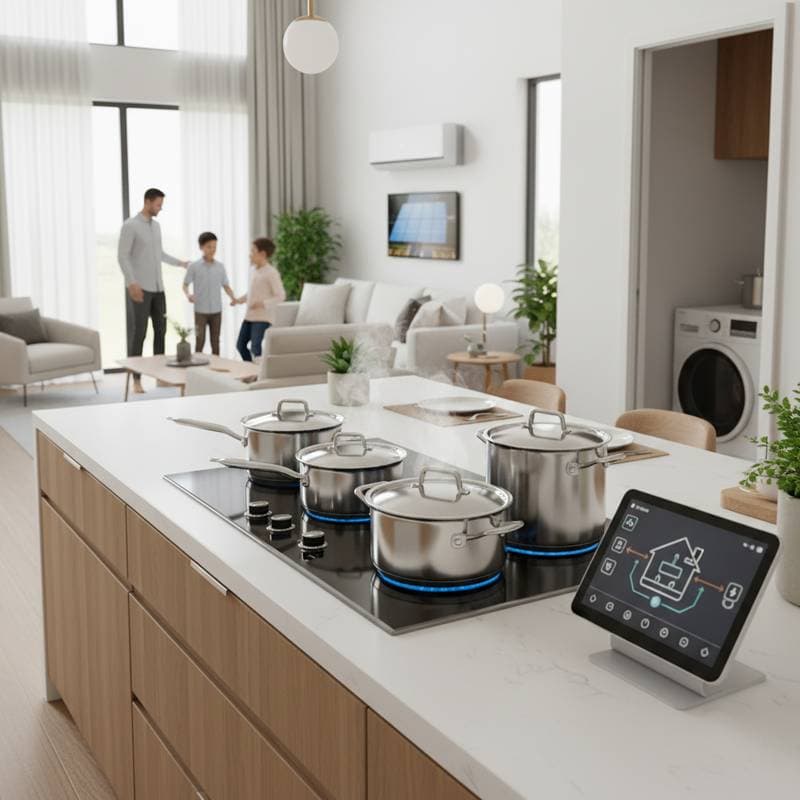Key Points
- Strategic thermal envelope upgrades recover costs in less than three years through careful planning and prioritization.
- Air sealing, attic insulation, and window enhancements provide the quickest returns while elevating comfort and longevity.
- Evaluating the entire building envelope as an integrated system yields greater energy savings than addressing isolated issues.
- Returns vary by climate, fuel source, and current home efficiency, yet effective upgrades typically cut energy expenses by 25 to 40 percent.
- Pairing professional audits with phased implementation controls expenses and confirms tangible outcomes.
Understanding the Thermal Envelope
The thermal envelope includes all components that separate conditioned indoor spaces from the outdoor environment. These elements encompass the roof, walls, foundation, insulation, windows, and air barriers. Together, they determine how effectively a home maintains warmth in winter and resists heat in summer.
A well-designed envelope operates like a high-quality thermos, preserving indoor comfort with minimal energy consumption. In comparison, a poorly performing envelope allows conditioned air to escape and permits moisture infiltration, which results in significant long-term energy costs. Upgrades to the envelope prevent thousands of dollars in unnecessary expenses over the life of a home.
Homeowners should evaluate improvements by considering these interconnected factors:
- Insulation quality and coverage: Ensures consistent thermal resistance across all areas.
- Air sealing effectiveness: Blocks unintended air movement to maintain efficiency.
- Moisture and vapor control: Protects against damage and supports healthy indoor conditions.
These elements directly affect energy consumption, air quality, and structural durability.
The Science Behind Quick Payback
Energy savings depend on several factors: the difference in temperature between indoors and outdoors, the efficiency of heating and cooling equipment, and the cost of energy. By reducing heat loss, upgrades decrease the workload on these systems and lead to immediate reductions in utility bills.
For example, a typical household with annual heating and cooling expenses of several thousand dollars can achieve savings of 25 to 40 percent through comprehensive envelope improvements. Initial investments of a few thousand dollars often exceed returns from traditional savings accounts within three years.
Examine this example calculation:
- Investment: $4,000
- Annual energy savings: $1,500
- Payback period: 2.6 years
- Annualized return on investment: 38 percent
Variations in region, home size, and existing efficiency influence these figures. However, experts consistently recommend envelope upgrades as one of the highest-value options for homeowners seeking long-term financial benefits.
Material Choices That Affect Return on Investment
Selecting the right materials influences both performance and the speed of payback. Insulation types differ in key characteristics:
- Fiberglass batts: Offer affordability and ease of installation, but require meticulous placement to avoid gaps that reduce effectiveness.
- Blown-in cellulose: Provides complete coverage in attics and walls, reduces noise transmission, and utilizes recycled content for environmental benefits.
- Spray foam: Delivers superior air sealing and moisture resistance, though it involves a higher upfront cost.
- Rigid foam boards: Ideal for basements, foundations, and exterior applications due to excellent moisture tolerance.
Homeowners maximize value by combining materials strategically. For instance, using dense-packed cellulose in walls alongside spray foam at rim joists balances cost with optimal performance.
Financing and Incentive Strategies
Many homeowners fail to recognize that envelope improvement projects qualify for low-interest loans or rebates from utilities and financial institutions. These resources reduce upfront costs and allow positive cash flow from the moment of installation.
Some programs link repayments to property taxes or actual energy savings, which helps maintain access to credit. Combining rebates with phased projects, such as starting with attic insulation before addressing walls, makes comprehensive upgrades accessible within various budgets.
Decision Framework for Homeowners
Follow this three-phase approach to implement envelope enhancements systematically:
- Assessment and Planning
- Schedule an energy audit with a certified professional.
- Identify problems using tools such as blower door tests and infrared imaging.
- Prioritize upgrades based on cost, payback time, and improvements to comfort.
- Execution and Verification
- Hire contractors experienced in energy-efficient retrofits.
- Require testing before and after installation to measure results.
- Keep records of the work for rebate applications and potential home resale value.
- Monitoring and Maintenance
- Track utility bills through multiple seasons to quantify savings.
- Inspect seals and insulation annually for any degradation.
- Address gaps or structural shifts promptly to sustain efficiency.
This structured process ensures that each investment delivers measurable and lasting results.
Common Questions from Homeowners
How can I tell if my home needs envelope upgrades?
Signs include uneven temperatures between rooms, condensation on windows, prolonged HVAC runtime, or higher-than-average utility bills. A professional energy audit provides detailed analysis of the underlying causes.
Can I add insulation without performing air sealing?
Installation is possible without sealing, but overall effectiveness suffers. Insulation primarily combats conductive heat transfer, while sealing prevents air leaks and moisture movement. Integrating both approaches yields the best outcomes.
Will spray foam make my home too airtight?
Greater airtightness benefits efficiency when paired with adequate ventilation. Building standards now recommend mechanical systems that supply filtered fresh air, which improves indoor air quality without compromising health.
How do envelope upgrades integrate with future remodeling projects?
These improvements complement renovations effectively. For example, adding wall insulation aligns with installing new siding, and air sealing can occur before applying interior finishes like drywall.
Steps to Launch Your Upgrade
Start by reaching out to a local energy auditor to evaluate your home's current efficiency. Focus on high-impact areas like attic air sealing for immediate gains. As you progress, these modifications not only decrease energy costs but also create a more durable and enjoyable living environment.








